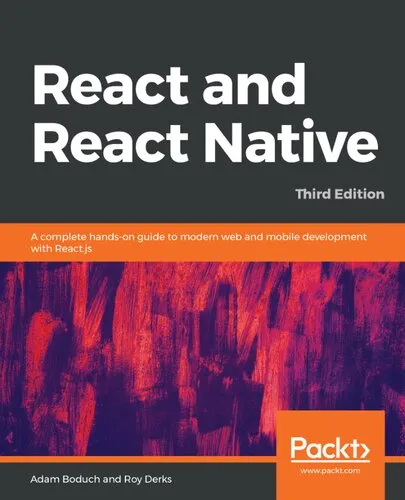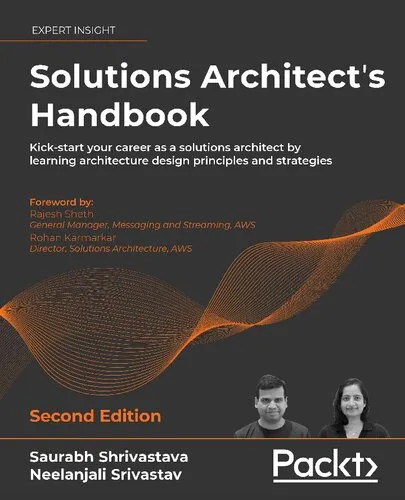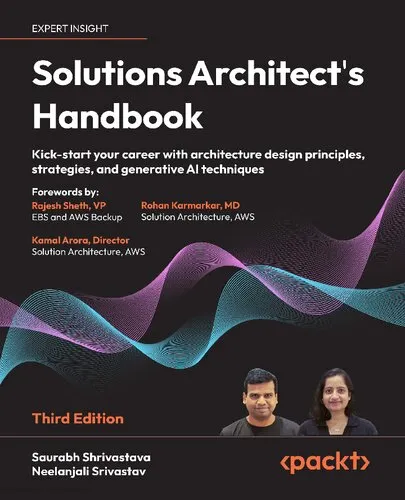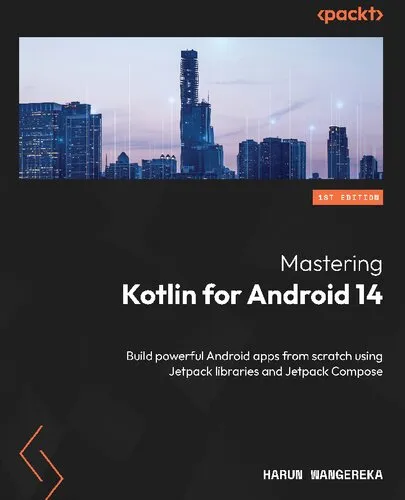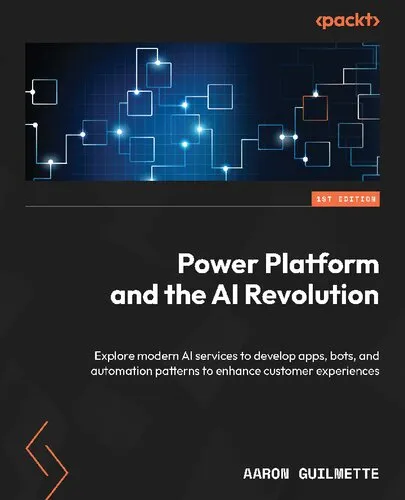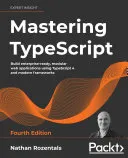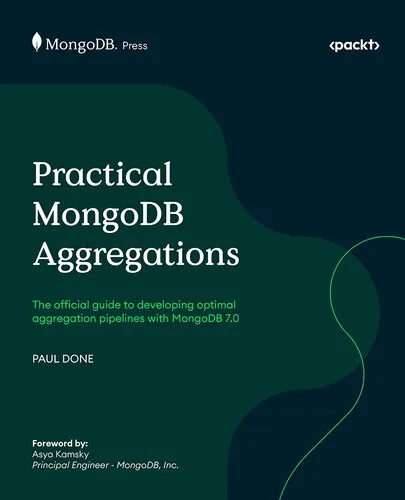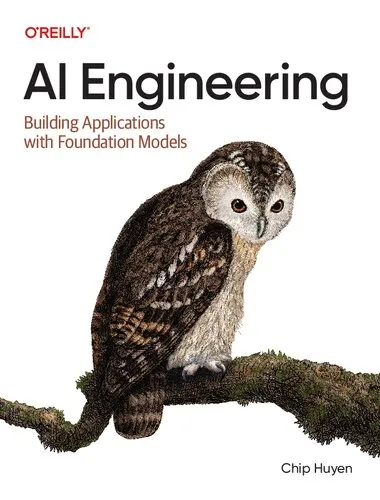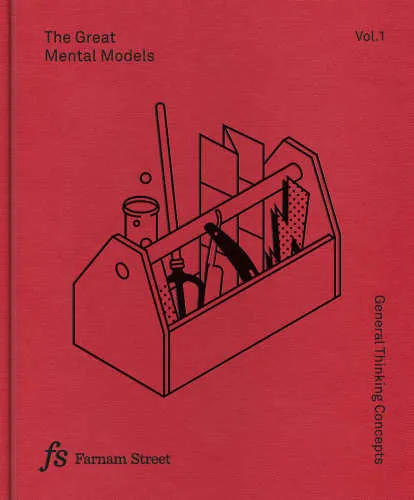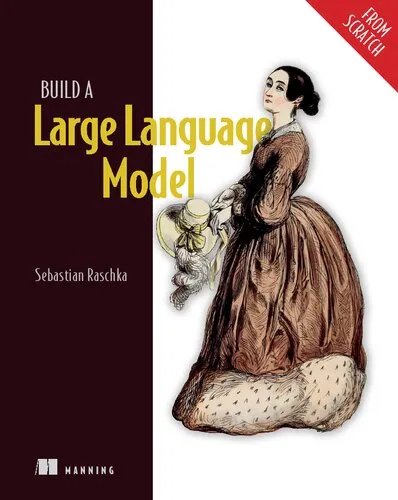Artificial Organspp.E27—E33
4.5
Reviews from our users

You Can Ask your questions from this book's AI after Login
Each download or ask from book AI costs 2 points. To earn more free points, please visit the Points Guide Page and complete some valuable actions.کتاب های مرتبط:
Analytical Summary
Artificial Organspp.E27—E33 is a focused excerpt from a specialized body of research authored by Antonio Peramo, Cynthia L. Marcelo, Steven A. Goldstein, and David C. Martin, providing a concise yet profound examination of artificial organ technology from a multidisciplinary perspective. The pages E27—E33 represent a segment that bridges biomedical engineering principles with practical prosthetic device innovation, offering readers a layered understanding of the mechanical and biological interface that defines the field.
In these pages, the authors methodically articulate how engineered tissues, synthetic materials, and biological systems converge to create viable replacements for human organs. Through analytical narratives and evidence-based insights, the work delves into the processes of design optimization, biocompatibility testing, and functional integration into living systems. The content is intentionally technical, yet remains accessible to academics and professionals by maintaining a clear structure and precise language.
While the exact publication year of Artificial Organspp.E27—E33 is information unavailable due to no reliable public source confirming the date, the relevance of the material persists in current discussions about advanced prosthetic devices and regenerative medicine. This excerpt emphasizes not only the technological components but also the ethical considerations, clinical implications, and potential societal impact inherent in artificial organ deployment.
Key Takeaways
Readers will gain substantive, applicable knowledge from Artificial Organspp.E27—E33, equipping them with concepts and frameworks vital to engaging with modern biomedical engineering challenges.
Firstly, the section reinforces the importance of interdisciplinary collaboration—engineers, medical professionals, and materials scientists must work cohesively to produce safe, effective artificial organs.
Secondly, understanding biocompatibility is not optional; it is the cornerstone upon which functional integration with human physiology rests.
Thirdly, innovation in prosthetic devices requires a balance between cutting-edge technology and rigorous clinical validation to ensure real-world applicability.
Fourthly, ethical frameworks must be in place to guide the use and availability of artificial organ technologies across diverse populations.
Lastly, the work highlights ongoing needs for research funding, industry partnerships, and global communication channels to accelerate advancements responsibly.
Memorable Quotes
"The future of artificial organs lies in harmonizing material science with the biology of the human body." Unknown
"Successful biomedical engineering is a dialogue between innovation and responsibility." Unknown
"Prosthetic device innovation must serve function first, aesthetics second." Unknown
Why This Book Matters
Artificial Organspp.E27—E33 holds strategic significance for anyone serious about the evolution of artificial organ systems and their integration into medical practice.
By synthesizing technical data with practical insights, the book segment offers both a reference framework and a conceptual roadmap for ongoing developments. Its balanced perspective on design and ethics ensures that the reader appreciates not only the capabilities of artificial organs but also the responsibilities inherent in their use.
In a world accelerating toward more sophisticated medical technologies, such a detailed, multidisciplinary account becomes indispensable. The interplay between biomedical engineering and prosthetic device innovation directly impacts patient outcomes, public health strategies, and future research trajectories.
Inspiring Conclusion
Artificial Organspp.E27—E33 is more than a scholarly excerpt—it is an invitation to engage deeply with the transformative potential of biomedical engineering and prosthetic device innovation.
As you reflect on the themes and insights presented, consider the broader implications these technologies carry for the future of healthcare and human capability. Whether you choose to read further into the complete work, discuss its findings with colleagues, or share its concepts with academic audiences, the next step is yours to take. Embrace the opportunity to expand your understanding and contribute meaningfully to the ongoing discourse on artificial organs.
Free Direct Download
You Can Download this book after Login
Accessing books through legal platforms and public libraries not only supports the rights of authors and publishers but also contributes to the sustainability of reading culture. Before downloading, please take a moment to consider these options.
Find this book on other platforms:
WorldCat helps you find books in libraries worldwide.
See ratings, reviews, and discussions on Goodreads.
Find and buy rare or used books on AbeBooks.
1071
بازدید4.5
امتیاز0
نظر98%
رضایتReviews:
4.5
Based on 0 users review
Questions & Answers
Ask questions about this book or help others by answering
No questions yet. Be the first to ask!

